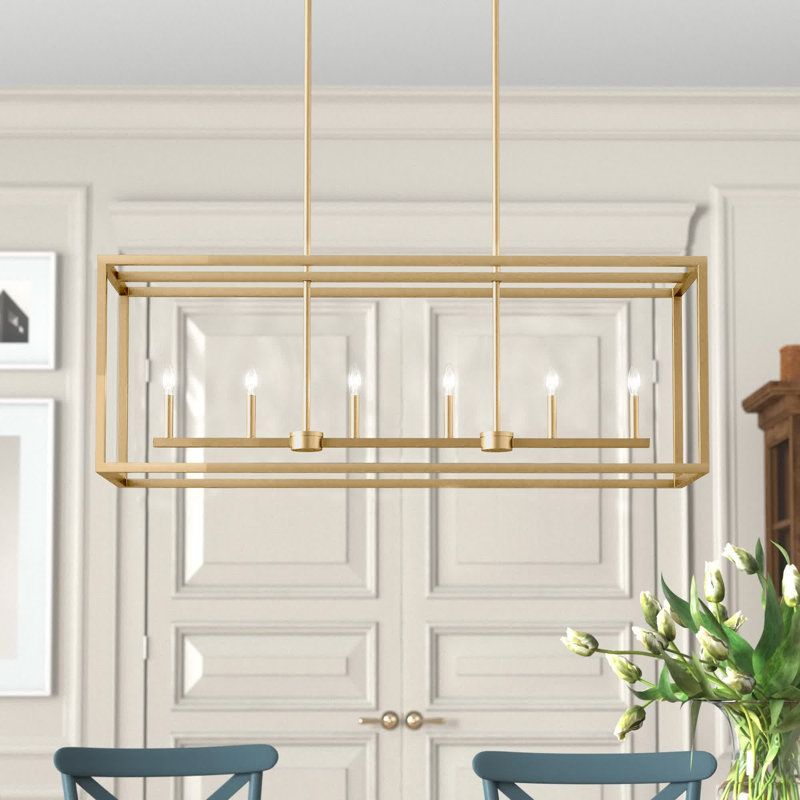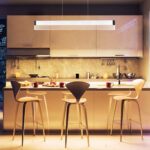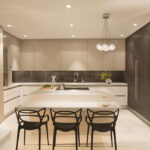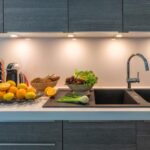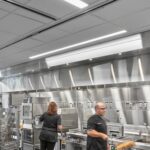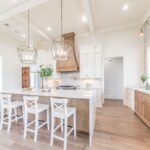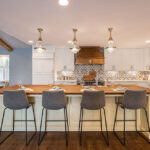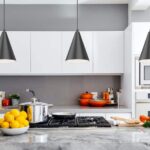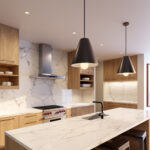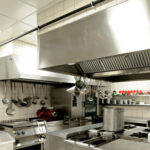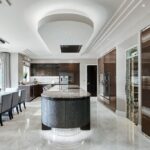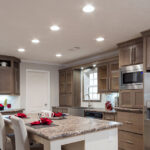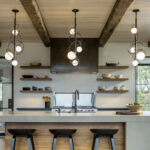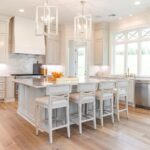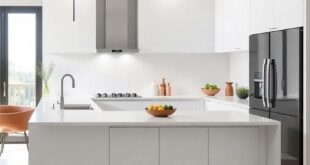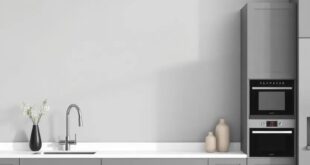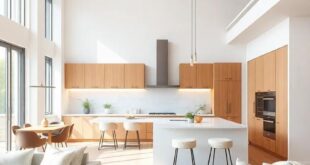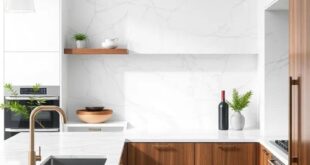The kitchen is often considered the heart of the home, a gathering place for family and friends, and a space where delicious meals are created. With so much activity taking place in the kitchen, it is important to have the right lighting to ensure a functional and inviting space. Proper lighting in the kitchen can enhance the overall design aesthetic, increase safety, and improve functionality.
When it comes to kitchen lighting, there are several factors to consider. One of the most important things to think about is the overall layout and design of your kitchen. If you have a large, open-concept kitchen with an island, you may need different types of lighting compared to a smaller, closed-off kitchen with limited natural light. It is essential to assess the different areas of your kitchen, such as the work areas, dining area, and any decorative elements, to determine the best lighting solution for each space.
Task lighting, also known as functional lighting, is crucial in the kitchen to illuminate specific work areas such as countertops, stovetops, and sinks. Under-cabinet lighting, recessed lighting, and pendant lights are popular choices for task lighting as they provide direct and focused light where it is needed most. Task lighting not only helps you to see more clearly when preparing meals but also helps to prevent accidents and improve overall productivity in the kitchen.
Another essential aspect of kitchen lighting is ambient lighting, which helps to establish the overall mood and atmosphere in the space. This type of lighting can come from recessed ceiling lights, track lighting, or chandeliers and is used to provide general illumination throughout the kitchen. Ambient lighting should be bright enough to create a welcoming and warm environment but not too harsh that it overpowers other lighting sources in the room.
In addition to task and ambient lighting, accent lighting can be used to highlight specific design features or decorative elements in the kitchen. LED strip lights under cabinets, above shelves, or inside glass-front cabinets can add a touch of elegance and sophistication to the space. Accent lighting can also be used to showcase artwork, architectural details, or unique kitchen accessories.
When choosing the right kitchen lighting, it is essential to consider the color temperature of the bulbs. Cool white light is often preferred for task lighting as it provides better visibility and helps to create a more energizing atmosphere. Warm white light, on the other hand, is better suited for ambient and accent lighting as it creates a cozy and inviting feel in the kitchen.
In conclusion, proper kitchen lighting is essential for creating a functional, safe, and inviting space. By incorporating a mix of task, ambient, and accent lighting, you can enhance the overall design aesthetic of your kitchen while also improving functionality and safety. Remember to consider the layout and design of your kitchen, as well as the color temperature of the bulbs, when choosing the right lighting solution for your space. With the right lighting, your kitchen can truly become the heart of your home.
 Decorationg Interior Design
Decorationg Interior Design
